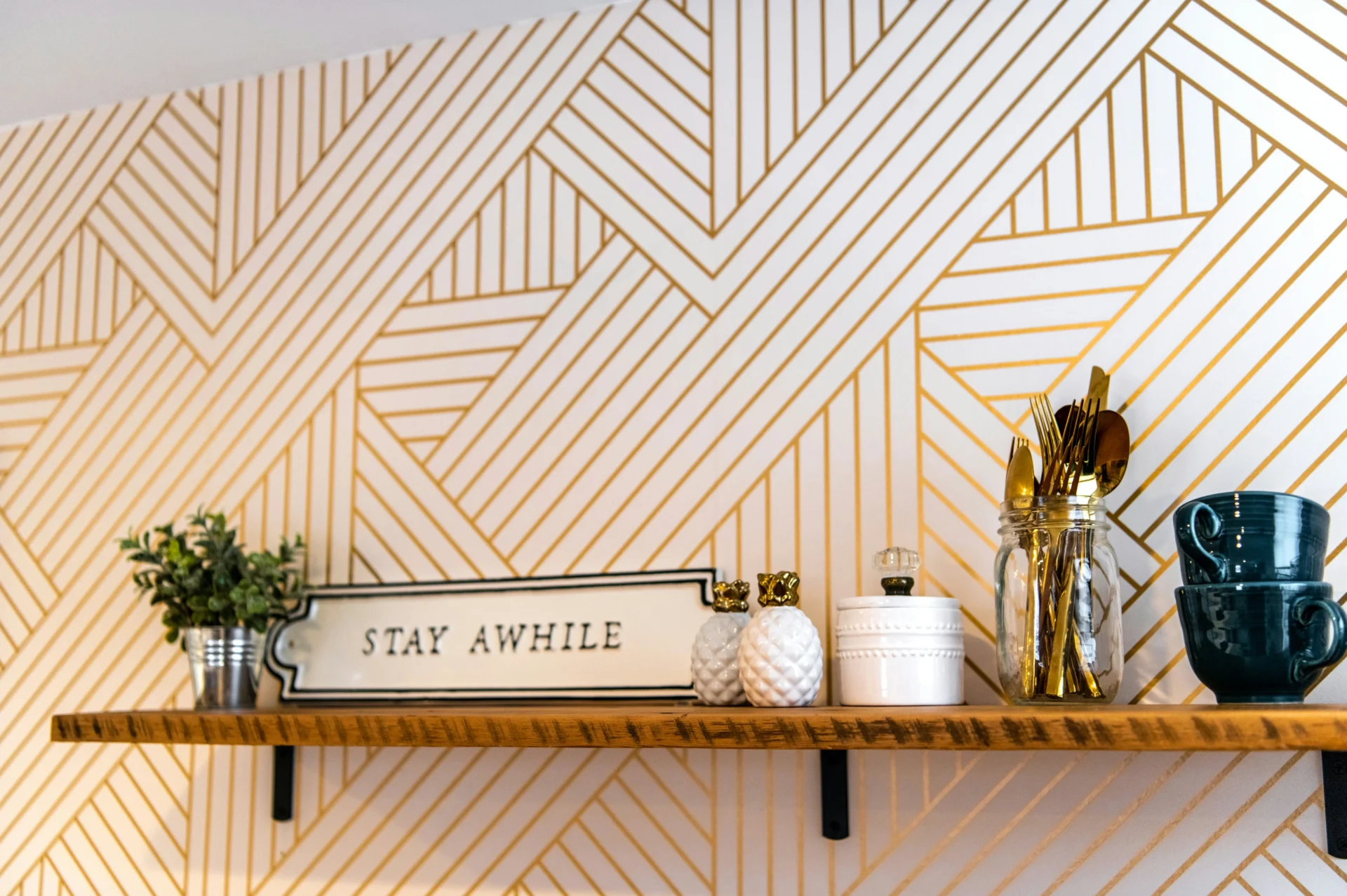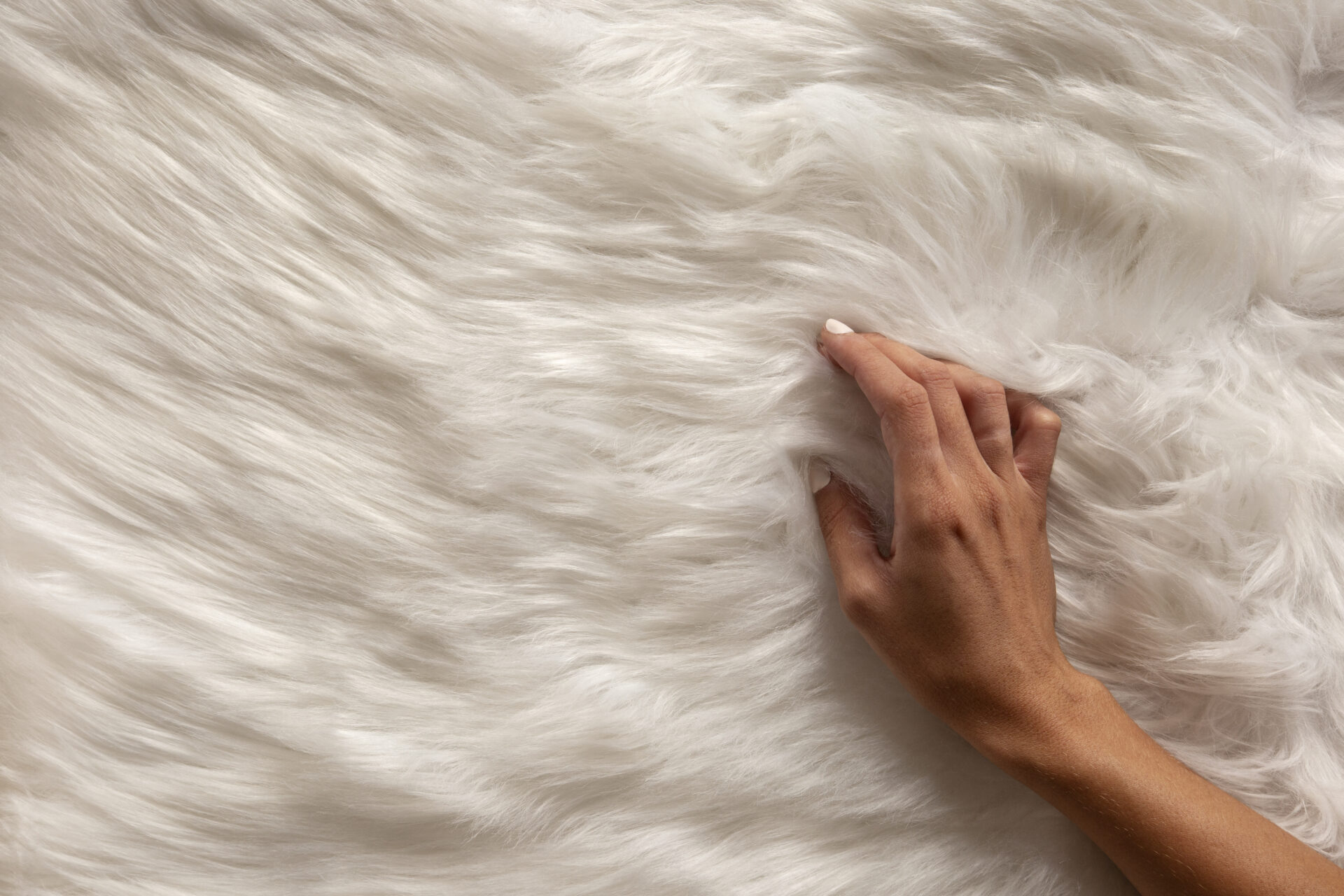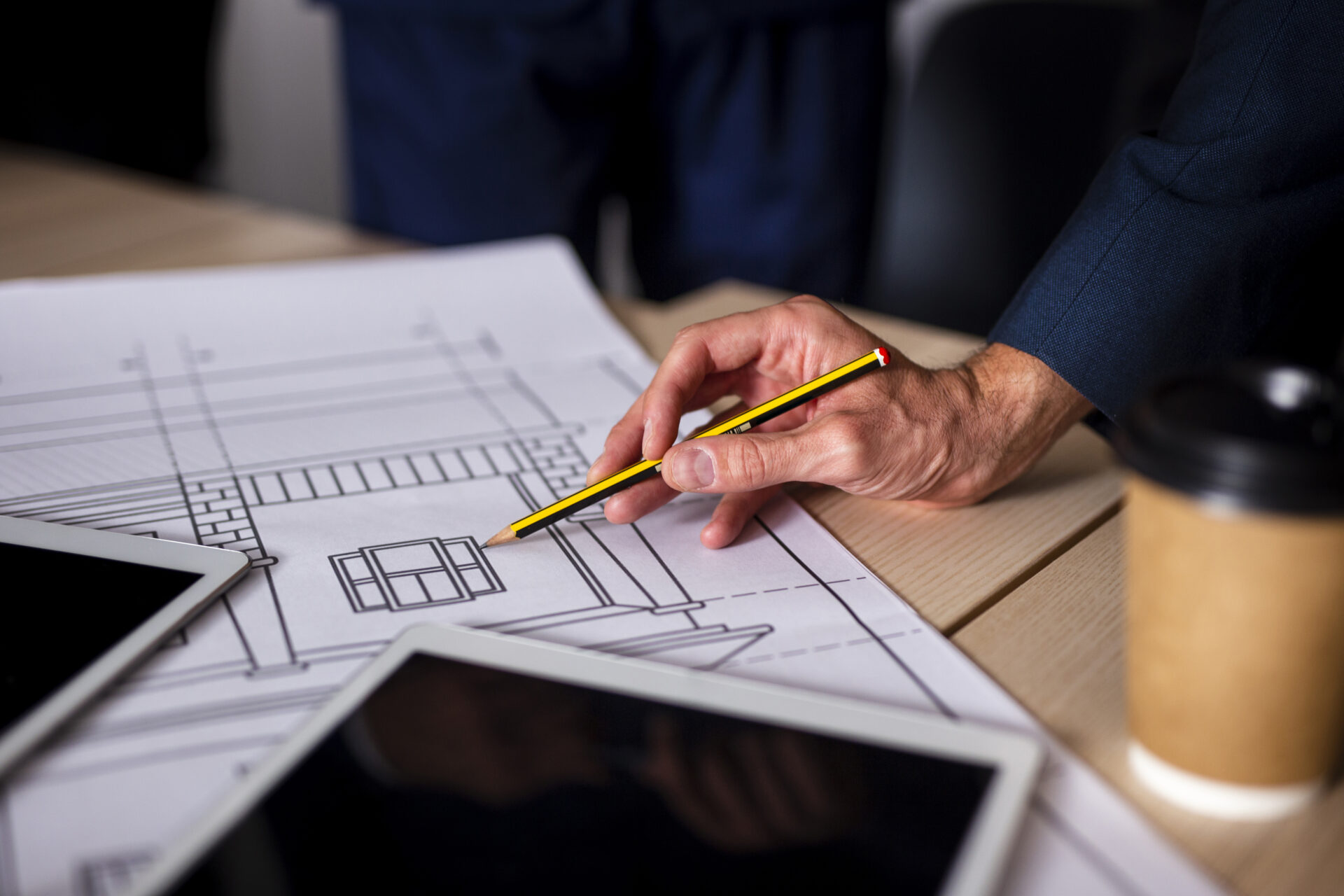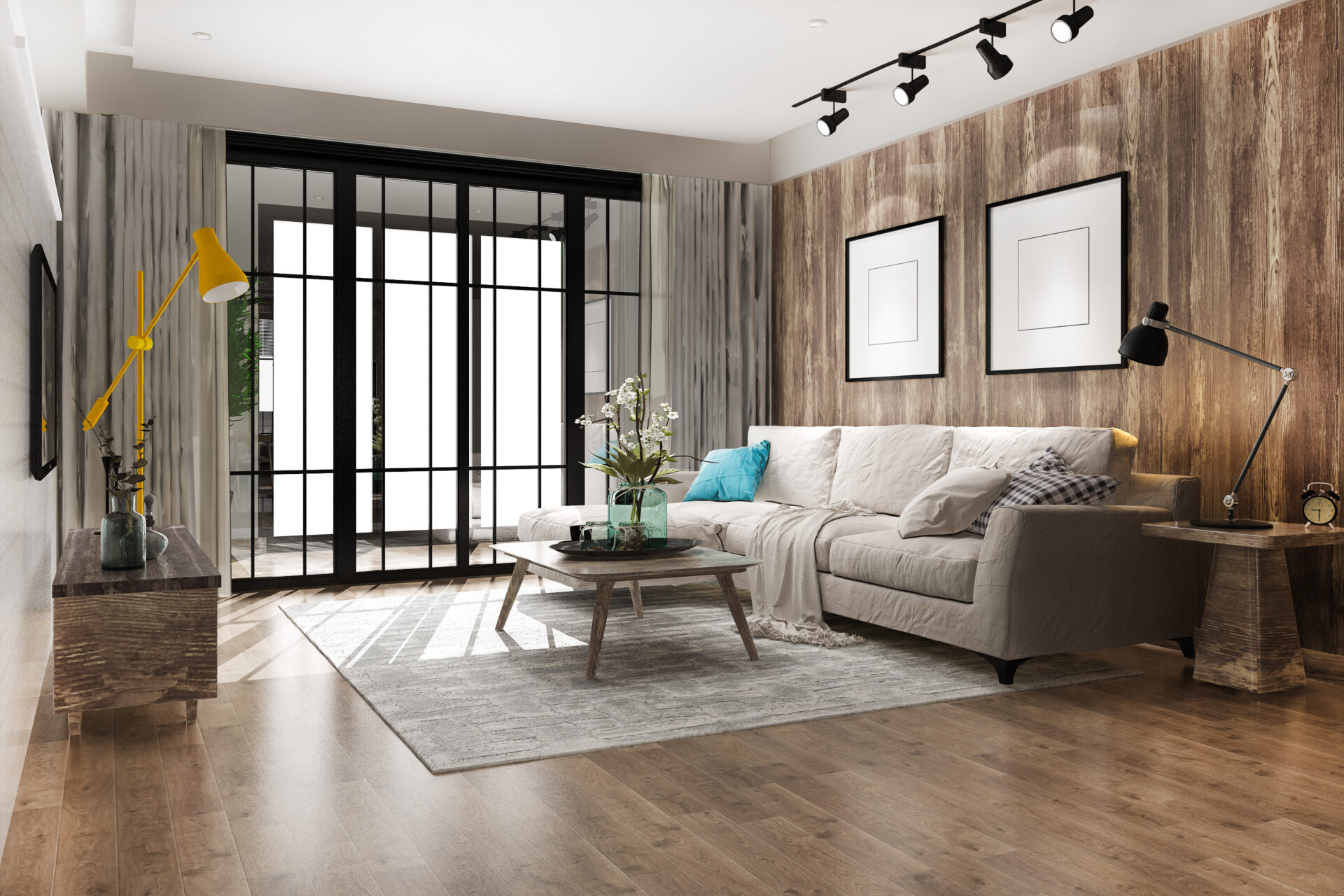
User-Centred Design For Your Home – How To Make The Most of Your Living Space
Contact UsIntroduction
The notion of user-centred design, often abbreviated as UCD, isn’t a new one. Yet, its relevance in the world of interior architecture and design has never been more significant. In this age of customisation, personalising your home environment can provide not just comfort but a deep sense of connection to one’s living space.
The Principles of User-Centred Design
UCD is an approach rooted in the belief that the end-users should be at the heart of the design process. Here are some of its foundational principles:
Understanding and Defining User Needs
Before diving into design, it’s crucial to understand who will be using the space and what their requirements, preferences, and behaviours are. This involves research, interviews, and perhaps even observation.
Usability and Functionality
Spaces should not just be aesthetically pleasing, but they should serve their intended functions effectively. This means that a room should be equipped with all the necessary amenities and designed in a way that facilitates its purpose.
Iterative Design Processes
The UCD process is iterative. It involves creating designs, testing them with real users, and refining based on feedback. This ensures the final design truly aligns with user needs.
Involving Users in the Design Process
Instead of designing for the user, why not design with the user? Involving users at different stages ensures the design feels personalised and functional for the actual inhabitants.
User-Centred Design in Interior Architecture
While often overlooked, the very architecture of a home plays a crucial role in its user-centredness.
Spatial Analysis and Planning
A well-planned space considers how its inhabitants move and interact within it.
Circulation and Flow
Easy navigation through rooms without obstructions or bottlenecks is essential for comfort.
Maximising Natural Light
Well-placed windows can enhance mood, improve productivity, and reduce electricity costs.
Material and Texture Choices
The materials you surround yourself with impact your well-being and comfort.
Sustainability and User Comfort
Eco-friendly materials are not just good for the planet but often offer superior comfort and longevity.
Acoustic Considerations
Soundproofing and the careful selection of materials can greatly enhance a home’s acoustic environment.
Adaptable and Flexible Spaces
Spaces that can evolve with a user’s changing needs over time, such as modular furniture or movable partitions, are valuable assets.
Integrating Technology for Enhanced Usability
From smart home systems to intuitive lighting solutions, technology can significantly boost the user-friendliness of a space.
User-Centred Design in Interior Decor and Furnishing
Beyond architecture, the furnishings and decor of a space play an enormous role in its usability and appeal.
Furniture Layout and Functionality
Selecting and placing furniture is both an art and a science.
Ergonomics and Comfort
Furniture should support the body comfortably and healthily, especially in frequently used spaces like living rooms or home offices.
Multi-Functional Furniture
In today’s compact living scenarios, furniture that serves multiple purposes can be both a space-saver and a delight to use.
Decor Elements that Resonate with Users
Personal touches make a house a home.
Personalising Spaces
Whether it’s artwork, memorabilia, or colours, spaces should reflect the personalities of their inhabitants.
The Importance of Biophilic Design
Incorporating natural elements, from plants to natural wood, can uplift a space and its users.
Lighting Choices
Lighting sets the mood and functionality of a space.
Task Lighting vs Ambient Lighting
Understanding the difference can transform how a room feels and how efficiently tasks can be completed.
Lighting to Elevate Mood
Warm lighting for relaxation, brighter tones for work – it’s all about setting the right atmosphere.
Challenges and Solutions in Implementing User-Centred Design
Every design journey has its challenges, but with a user-centred approach, solutions are always within reach.
Striking a Balance: Aesthetic vs Functionality
While aesthetics are essential, they should never compromise the functionality and comfort of a space.
Dealing with Multiple Users’ Needs
When designing for families or shared spaces, it’s essential to find common ground while catering to individual preferences.
Overcoming Constraints in Existing Spaces
Not all spaces are a blank canvas. But with creativity and an understanding of user needs, even existing spaces can be transformed.
Harnessing the Expertise of Thomas Vooght Design
In the world of user-centred design, having a guiding hand can be invaluable.
This is where the expertise of Thomas Vooght Design shines.
Tailored Design Solutions
Each individual or family has unique needs, and Thomas Vooght Design is adept at understanding these needs deeply. Their approach isn’t about imposing a specific style, but about crafting spaces that resonate with the end-users. From spatial planning to selecting the right furnishings, their comprehensive solutions ensure that each corner of your home is tailored to you.
Experienced Hands with a Fresh Perspective
With years of experience in the interior design and architectural industry, Thomas Vooght Design brings a wealth of knowledge to the table. Yet, they also understand the importance of evolving with the times and continuously integrating fresh, innovative ideas into their designs.
Collaboration at its Best
One of the hallmarks of user-centred design is collaboration, and Thomas Vooght Design excels in this realm. Their design process is inclusive, ensuring that clients feel involved and heard every step of the way. It’s not just about designing for you, but with you.
Sustainable and Future-Ready Designs
With an increasing emphasis on sustainability and designing for the future, Thomas Vooght Design integrates these principles seamlessly into their projects. Whether it’s opting for sustainable materials or ensuring that designs can adapt to changing needs over the years, their forward-thinking approach stands out.




